Driveway Edging — 10 Ideas that Will Transform Your Space
Driveway edging is a great way to add some personality to your driveway and make it aesthetically appealing. Besides improving your home’s overall appearance, driveway edges are vital in protecting your lawn.
So, what are some of the top edging ideas you can use to improve your driveway?
Some of the popular driveway edging ideas include brick edging, plastic edging, metal edging, gravel borders, cobblestone borders, timber edging, concrete curbs, and even paver borders. The best edging design for your driveway largely depends on personal preferences, as all come with their unique pros and cons. You should also consider factors such as cost, durability, and aesthetics when choosing an edging design for your driveway.
If you’re still reading, chances are you’re looking to spruce up your driveway with the latest trends out there.
Read on as we take a look at some of the best edging ideas you can implement to bring your driveway to life and protect your yard!
Importance of Choosing the Right Driveway Edge
Although not mandatory, driveway edging comes with tons of advantages, depending on the type of edging you opt for. Raised edgings are preferred to flat edgings, as they provide increased visibility. However, you can still opt for flat edging by using contrasting colors to make the borders visible.
Here are some of the benefits of edging your driveway:
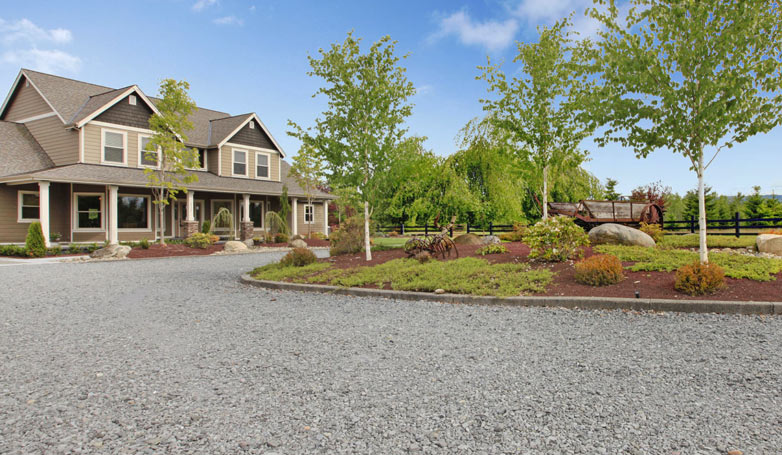
Edging Protects the Driveway
Edging is the safest way to keep your pavers in place. Asphalt, brick, and gravel pavers can easily fall out of place over time if they don’t have pavers that prevent them from gradually separating.
Stone pavers can gradually separate after prolonged use, while gravel can disperse all over your lawn. Asphalt edges are known to crumble when used for long or when it rains. Edging your driveway will help keep the pavers in place, reducing the efforts required to maintain the driveway.
Edging Protects Your Lawn
Without a proper barrier, people are bound to walk or drive across your lawn – and you don’t want that! Edging helps create a much-needed border that’ll act as an indirect ‘keep off the grass’ sign.
Raised edgings are particularly vital in safeguarding the lawn, as they restrict the pavers in place, ensuring they don’t get thrown over the lawn when driven on. Flat edgings are also useful in protecting the lawn as they indicate where people should walk or drive.
Edging the Driveway Improves Your Property’s Overall Value
Edging your driveway is among the many ways to increase your property’s overall value. In addition to making your driveway look aesthetically appealing, it also gives the entire home a premium touch. This can come in extra handy if you intend to sell your property later on.
The good thing is that most edging designs are pocket-friendly despite the massive impact they’ll have on your home’s overall appearance.
10 Trendy Driveway Edging Ideas to Try Out
1. Cobblestone Borders
Using cobblestone to edge your driveway comes with tons of advantages. Not only is cobblestone aesthetically appealing, but it’s also durable and ideal for creating visible border lines. Despite being versatile and suitable for use with other edging materials, cobblestone could prove costly, especially if you have a long driveway.
The cost of cobblestone usually ranges between $10-$20 per square foot, depending on the size, type, and shape of the stones. But the costs can go higher should you opt for professional installation.
2. Brick Edging
There’s no denying that bricks boast a timeless, extremely elegant look that blends seamlessly with other materials. On top of the classy appearance, brick edging is highly durable and is strong enough to withstand heavy rains and gradual wear and tear over the years.
On average, it’ll cost you around $20- $30 per linear foot to install brick edging on your driveway. The total costs, however, will depend on the size of your driveway, your preferred design, and whether or not you choose to outsource.
3. Plastic Edging
Plastic edging is a cost-effective way to create boundaries between your driveway and lawn. Unlike most types of driveway edging designs, plastic is affordable and comes in a wide variety of colors. The challenge with plastic edging, however, is that it’s not too durable. Prolonged exposure to sun and rain, as well as gradual wear, increases the chances of damage.
4. Stone Borders
Stone borders give your driveway and lawn a neat and simplistic appearance that’s guaranteed to stand the test of time. The main advantage of using stone borders for driveway edges is their durability and versatility, as they merge well with a wide range of pavers. Stone borders also work well for both raised and flat edgings, allowing you to customize your design to suit your preferences.
Using stone borders is also affordable, depending on the size, type, and shape of stones you choose to use. Additionally, stone borders are highly durable and can withstand extreme weather conditions and keep your driveway pavers compact.
5. Metal Edging

Using metal for your driveway edging project is highly advisable if you’re looking for a long-term solution. Metal requires little to no maintenance and doesn’t absorb moisture like wood, stone, or plastic edging materials. It’s your best bet if you live in an area prone to heavy rains and flooding.
While metal edging comes in different shapes and styles, it is a lot more costlier than other edging ideas for driveways. Metal landscape edging also requires specialized tools, meaning you might need to outsource to professionals.
6. Grass or Gravel Borders
If you’re looking to set up a flat edging for your driveway, then grass or gravel borders can work well, depending on the pavement material used. Grass is a great straight-edge or even driveway option if aesthetics and daytime visibility are your priorities. You can also opt for artificial grass if you’re looking for a low-maintenance solution.
7. Timber Edging
Timber edging is especially useful for loose-fill driveways as it’s sturdy enough to prevent material like gravel from spreading and jumping into the lawn. Timber edging is advisable if you’re looking for a pocket-friendly option that can fit with a wide range of designs. You can spruce up the appearance of your driveway by using different types of timber.
8. Landscape Timbers
Landscape timbers give your driveway a natural-looking appearance without having to break the bank. Most of the commonly used landscape timbers for driveway edging are long and solid-pressure treated. They’re usually 3-9 inches wide and specifically designed for use in landscaping. You can count on landscape timbers to give your driveway that unique look and protect your pavement material.
9. Concrete Curbs
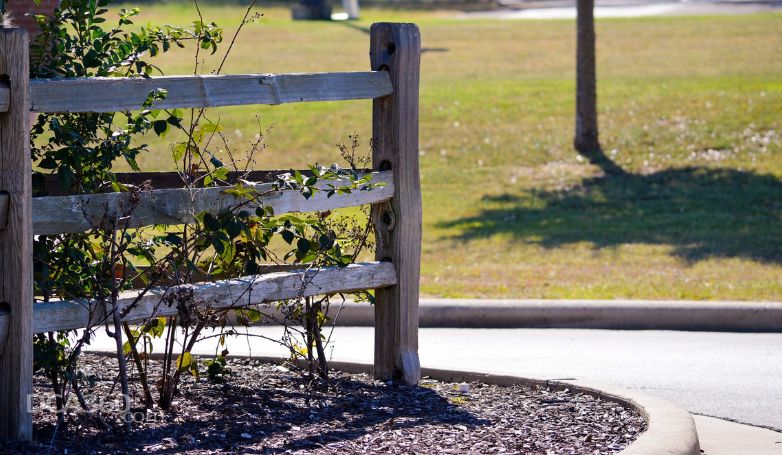
Concrete curbs act as great barriers to separate the driveway from the lawn. Due to their raised design, they are highly visible and are also effective in keeping the paving materials in place. We’d recommend concrete curbs if you live in a rainy area or are using loose-filled pavement designs.
10. Paver Borders
Paver borders come in a wide range of options and can transform any type of driveway. The type of border you choose largely depends on your driveway’s design and the type of paving material used.
Things to Consider When You Choose a Driveway Edging
When choosing an edging design for your driveway, it is crucial to consider the following factors.
Material
There is a wide range of edging materials you can use on your driveway. From concrete curbs to metal edging, stone borders, and even plastic edging, you’re spoilt for choice when it comes to the type of material used. Ideally, you should settle for a material that’ll best complement your driveway and lawn designs.
Functionality
Flat edging might be pocket-friendly as it doesn’t require much in terms of installation and materials. However, it isn’t as effective as raised edging when it comes to functionality. Raised edgings help keep your paving compact. They also protect your lawn while boosting your home’s overall aesthetics. Choose a type of edging that suits the paving materials used on your driveway.
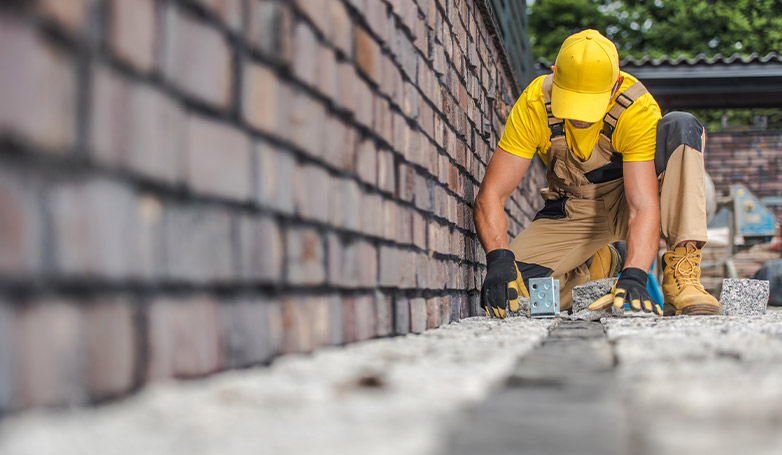
Maintenance
Some edging designs require a lot more in terms of installation and maintenance compared to standard concepts. You should choose a design that won’t prove too costly or demanding to maintain. Metal edging, for instance, is among the easiest-to-maintain types of edging out there.
Cost
Driveway edging designs vary in terms of cost. While some ideas will require little to implement, you may have to pay more for costlier designs. Plastic edging is among the cheapest for your driveway, while cobblestone borders and metal edging might prove costly, especially if your driveway is long.
Aesthetic
When choosing an edging concept for your driveway, it’s vital to consider the design and how it merges with your overall outdoor theme. It’s best to compare different concepts before settling on a particular design. Metal edging might not be the most attractive despite its durability. On the other hand, you might have to pay more for cobblestone borders as they’re highly attractive.
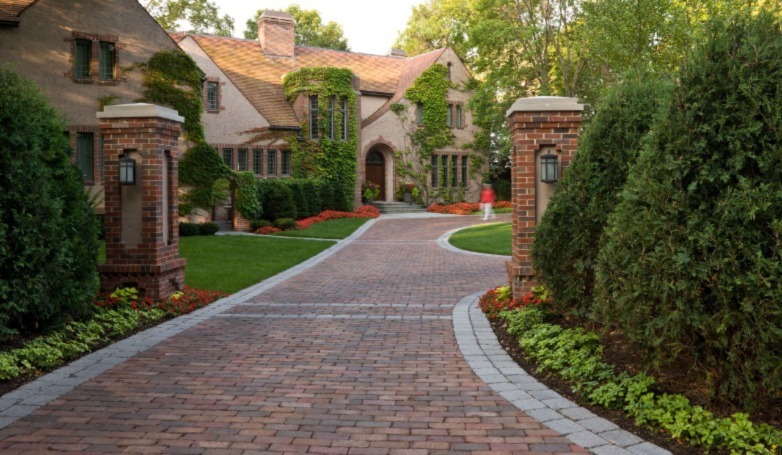
The Best Driveway Edging Ideas: Wrapping Up
Edging can transform your driveway and add to your outdoor’s overall appeal. And with many options to choose from, it’s best to compare different designs before settling for a particular one.
A good rule of thumb is to consider your driveway and overall outdoor theme. This will ensure you choose the best driveway edging design that will enhance your home’s overall appearance.
And while it might be tempting to set up the driveway edges as a DIY project, it’s advisable to consult with experts to ensure everything goes as planned.

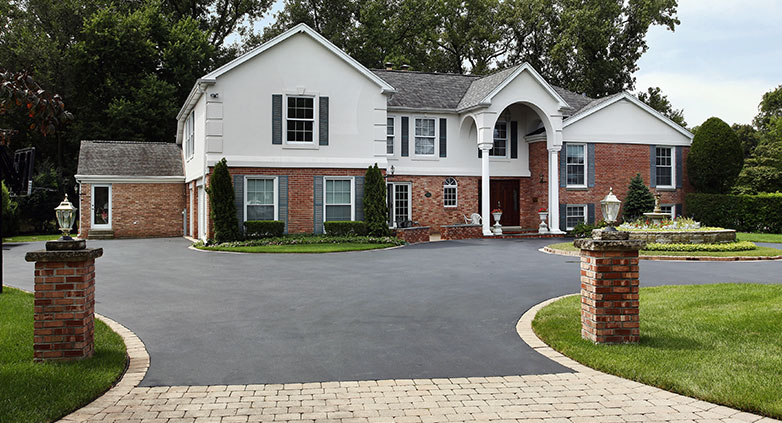

Leave a Reply
Want to join the discussion?Feel free to contribute!